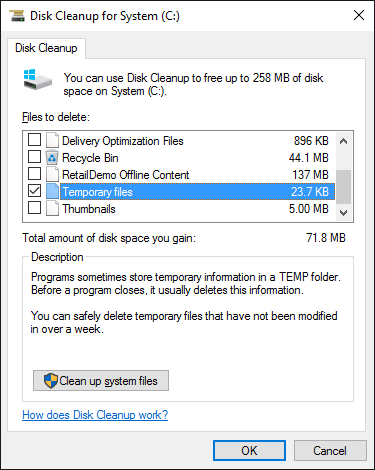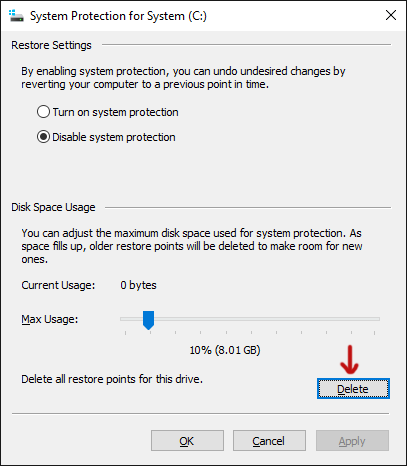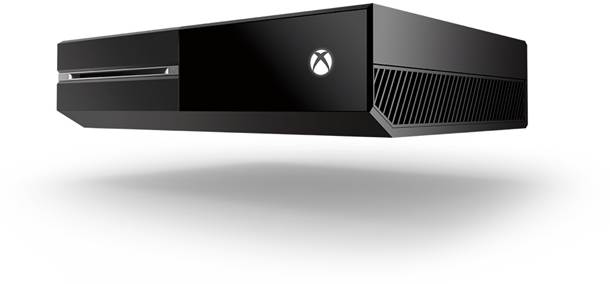

On a Windows PC, if you have a disk drive with 100 GB capacity, not all of that space is available to you. In fact, if you were to take a peek behind the scenes, you’d be surprised by how much space is taken up by random cache files.
What is a cache? It’s not as technical as it sounds. In the context of computers, a cache is a non-permanent file (or files) that may be needed again in the future, and is therefore kept hidden away until that time comes. Simple, right?
Cache files are important because they boost your system performance, but the downside is that they take up valuable space — and that can be a problem if you have an SSD with limited capacity. The good news is that, in most cases, cache files can be safely erased to clear up disk space.
For your convenience, Windows keeps a cache of all Windows Updates files, which can come in handy when you need to re-apply an update. The annoying thing is that Windows Updates can take up a lot of space.
The worst offender is the recent November Update that Microsoft pushed. The update itself is great, but it uses up to 24 GB of cache space and doesn’t automatically clear itself after the update is applied. Imagine what you could do with all of that extra space!

How to clear the Windows Update cache: Before we can delete these files, we have to disable Windows Update to make sure no updates are currently downloading. To do this, open the Start Menu, launch the Command Prompt app, and type:
net stop wuauserv
Next, open File Explorer and navigate to C:\Windows\SoftwareDistribution\Download. Inside the Download folder, you can safely delete everything. Afterwards, you should re-enable Windows Update by typing the following into Command Prompt:
net start wuauserv
One of the biggest changes in the Windows user experience was the introduction of the Windows Store and Microsoft’s move to turn all of their software into apps. For many users, this move was a jarring one to say the least.
Unfortunately, there’s a lot to dislike about this, including the fake apps in the Windows Store, which is why many have turned to sideloading apps on Windows instead.

And as you might’ve guessed, Windows also caches downloads made through the Windows Store. Not only does this cache take up space, but it can cause problems when downloads are interrupted or improperly stopped. If this happens, clearing the cache may solve any issues you have.
How to clear the Windows Store cache: Microsoft provides a utility called WSReset.exe that clears the cache for you.
Open a Run prompt (using the Windows + R shortcut), type WSReset.exe into the text field, and click OK. A black window will open and it might seem like nothing is happening, but wait it out. It may take a few minutes on slower computers.
When it’s done, the Windows Store will launch. This means the cache has been cleared and you’re good to go.
Windows has a system directory that’s dedicated to holding temporary files. Temporary files are usually created as an intermediary while another file is being created or modified, but they can also hold temporary data that’s only needed by a program for a little while.
Unfortunately, not all programs and processes are good about cleaning up after themselves, which means that the system directory for temporary files ends up being cluttered by a whole bunch of unnecessary junk.

It’s usually safe to delete temporary files that haven’t been used in over a week. Thankfully, the built-in tool provided by Windows can handle that for you.
How to clear the Temp Files cache: Open the Start Menu, search for the Disk Cleanup app, and launch it. When prompted, select the drive that Windows is on (usually the C: drive). Wait as it analyzes the file system.
Under the Disk Cleanup tab, uncheck all boxes except for the one labelled Temporary Files, then click OK.
Windows has a setting that allows for thumbnail previews of files. For example, when enabled, an .MP4 video file will be shown with a frame from the video itself while a .PNG image file will be a preview of what the image looks like.
Thumbnails are great from a usability standpoint, but where do you think those thumbnails come from? Windows has to generate them on demand. When you use File Explorer to browse folders, every time you encounter a file for the first time, Windows has to create a thumbnail for it.

Not only does this slow down your day-to-day Windows performance, but all of those newly-generated thumbnail images have to be stored somewhere — the Windows thumbnail cache. It’s a good idea to clear this cache every few months because it can get bloated quickly.
How to clear the Thumbnail cache: Head to the Start Menu, search for the Disk Cleanup app, and open it. When prompted, select your system drive (typically the C: drive) and wait as it analyzes the file system.
Under the Disk Cleanup tab, uncheck all boxes except for the one labelled Thumbnails, then click OK.
System Restore is one of the most useful features in Windows. It’s easy to think that you’ll never need it, but it’s amazing how quickly people will flip-flop on that stance when their system malfunctions.
You never hope to use System Restore, but when you need to, you hope it’s there. Better to be safe than sorry, right? And even with all of the new troubleshooting options in Windows 10, System Restore is still important, so don’t overlook it.

The downside is that System Restore uses a lot of space. Seriously, a lot of space. After all, it has to cache all of the settings and variables that are necessary for a system restoration.
You can free up this space by clearing saved restore points. You can also reduce the space allocated for System Restore or disable the feature altogether, but be aware that allocating too little space may cause System Restore to malfunction.
How to clear the System Restore cache: Open the Start Menu, search for the System app, and launch it. When it opens, look in the sidebar for the System Protection link and click it.
Under the System Protection tab, select the system drive and click on Configure. At the bottom, click on Delete to erase all restore points saved for your system. If you do, be sure to create another restore point right away!
Whenever you visit a webpage, your browser adds that page — including the HTML, CSS, JavaScript, and image files — to the browser’s cache. The next time you visit that same page, your browser uses the cached files to load the page faster.
It’s actually more involved than that, but that’s the general gist of it. It’s nice because the cache reduces the amount of bandwidth you use and improves your web browsing experience, but sometimes the cache can cause problems.

For example, if a webpage changes, but your browser continues to load outdated cache data, the site might not work as intended. That’s why one common troubleshooting technique is to clear your browser cache — this takes you back to a blank slate. Plus, it frees up used disk space.
How to clear the Web Browser cache: Every browser has its own cache-clearing process, but none of them are too complicated.
In Firefox, open the Options menu, go to the Advanced section, select the Network tab, and click the Clear Now button where it says Cached Web Content.
In Chrome, open the Settings menu, scroll down and click on Show Advanced Settings, under Privacy click on Clear Browsing Data, select the Cached Images and Files option, and make sure to clear from “the beginning of time”.
In Opera, open the Settings menu, go to the Privacy & Security section, under Privacy click on Clear Browsing Data, select the Cached Images and Files option, and make sure to clear from “the beginning of time”.
When you access a website, your computer is essentially requesting web data from another computer on the Internet — but how does your computer know to contact that specific computer? It uses something called the Domain Name System.
The Domain Name System is a network of computers that route Internet traffic between them. Think of it like a postal service: mail gets moved from sender to multiple post offices before finally arriving at the recipient, except we’re talking about Internet data instead of mail.

Whenever Windows learns of a certain route — e.g. from your computer to MakeUseOf’s servers — it temporarily remembers that route in its DNS cache. However, when the DNS route changes, your cached copy of the route becomes outdated, and this can cause problems (like not being able to load a website).
How to clear the DNS cache: Clearing the DNS cache is absolutely harmless. At best, it’ll fix whatever routing problems you were having. At worst, it won’t do anything. The clearing process is really simple, too.
Open the Start Menu, search for the Command Prompt app, and launch it. Then type the following:
ipconfig /flushdns
For a more thorough cleaning of your system, we really recommend using a tool like CCleaner, which is optimized to scan your entire system and free up space by deleting anything that won’t have a long-term negative impact on your system.
However, even CCleaner isn’t sharp enough to do everything listed above. Some things, like wiping the DNS cache, will just have to be done manually.
What other Windows caches can be safely cleared without fear of system failure? What do you do when you need to free up disk space? Tell us about it in the comments!
Image Credit: Global Network by teerayut taf via Shutterstock




 AC Syndicate: How to Get All Weapons (Kukris, Cane-Swords, Knuckles, Gauntlets, Firearms)
AC Syndicate: How to Get All Weapons (Kukris, Cane-Swords, Knuckles, Gauntlets, Firearms) Volume Control Tweaks for Android That You Need to Use
Volume Control Tweaks for Android That You Need to Use 4 Free Magnificent Marvel Games For Android
4 Free Magnificent Marvel Games For Android Deathwatch is XCOM with Space Marines: An Interview With Ben Murch
Deathwatch is XCOM with Space Marines: An Interview With Ben Murch How to complete Dragon Age Inquisition Storm Coast Side Quest
How to complete Dragon Age Inquisition Storm Coast Side Quest